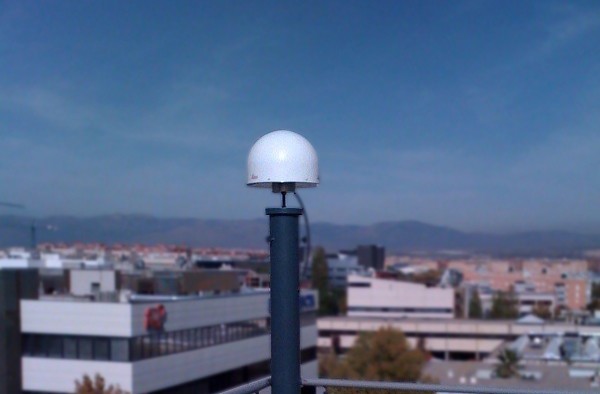XRC
XRC (eXperimental Receiver Canvas) is an engineering SW receiver, that allows the processing of GNSS multiple signals in multiple approaches
Overview
XRC (eXperimental Receiver Canvas) is an engineering SW receiver, that allows the processing of GNSS multiple signals in multiple approaches.
XRC provides the means to design and evaluate the performance of state of the art algorithms for processing GNSS signals due to its high extent of configurability and expansion capabilities.
XRC explores the available HW resources (CPU’s, RAM and GPU) allowing fine grained or wider processing capabilities being able to run in a low specs laptop or in a high end server.
For licensing conditions and pricing please contact [email protected]
By taking advantage of its configurability, XRC can run on a wide range of general purpose HW, from an SBC to a high end multicore server with the possibility to be delivered as a turn-key solution.
XRC is able to process low resolution signal samples (e.g. 1bit @10MSps) or high quality signal samples (e.g. 16bit @400MSps) in IQ BB or in IF.
XRC explores the available HW resources (CPU’s, RAM and GPU) allowing fine grained or wider processing capabilities (e.g. number of channels vs sampling rate)
XRC can process signal samples based on ION metadata standard or plain IQ with configurable number of bits.
Different techniques and processing algorithms are available tackling different problems in GNSS
GPS, Galileo, GLONASS and Beidou supported.
This flexibility allows it to be configured and used as a receiver with different roles, ranging from low cost to high end signal quality monitoring.
XRC provides an environment to design and evaluate the performance of state-of-the-art algorithms for GNSS receivers due to its high extent of configurability.
XRC outputs (configurable rate) a wide range of standard metrics such as code delay, carrier phase, Doppler, C/No, correlators information, discriminator, etc. for all the signals it processes.
XRC generates SQM information such as the auto-correlation function, correlation loss, S-Curve, error vector magnitude, eye diagram, constellation diagram, power spectrum density, etc., provided that high resolution samples are provided
Expansion of the baseline techniques takes advantage of the object oriented modular design and the availability of injection point interfaces
Outputs raw data and metrics in text format and RINEX files such that the user can use its own PVT engine
Signal Quality Monitoring: by exploring the possibility of processing high resolution samples (e.g. 16bit @400MSps) XRC is a powerful tool for SQM analysis and singular events investigation.
Harsh environments: the multitude of techniques and processed signals allow the investigation of the most suitable approaches for demanding scenarios where multipath impairments are driving the signals.
Receiver representativeness: Through its flexible configuration, it is possible to have XRC embodying a given receiver, multi-frequency, multi-constellation, with specific acquisition and tracking capabilities such that with a single tool, multiple receivers can be represented and tested.



